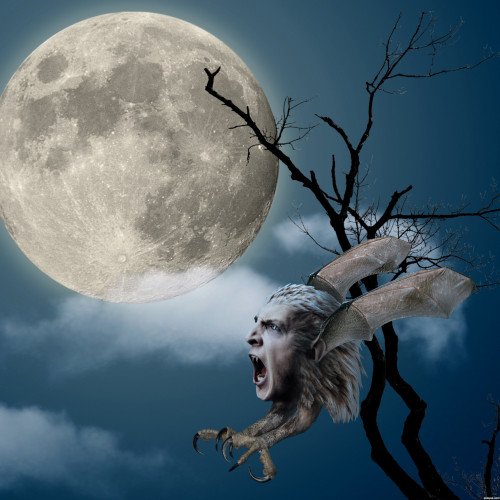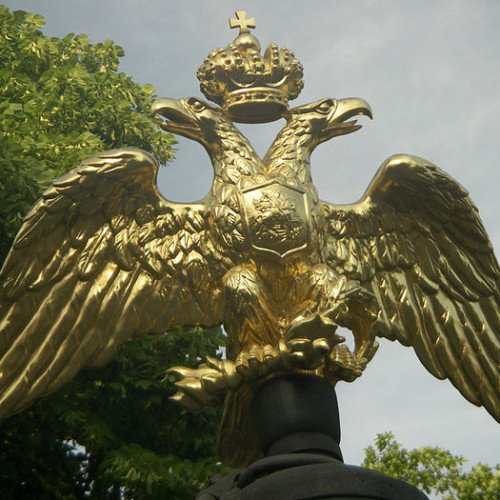Vote on Mythical creatures: Chonchon vs Double-headed eagle

Chonchon
The Chonchon (Spanish: chonchón from Mapudungun: chonchon) is a mythical bird from Mapuche religion also present in Chilean and southern Argentine folk myth.
Statistics for this Xoptio

Double-headed eagle
In heraldry and vexillology, the double-headed eagle (or double-eagle) is a charge associated with the concept of Empire. Most modern uses of the symbol are directly or indirectly associated with its use by the Byzantine Empire, whose use of it represented the Empire's dominion over the Near East and the West. The symbol is much older, and its original meaning is debated among scholars. The eagle has long been a symbol of power and dominion. The double-headed eagle or double-eagle is a motif that appears in Mycenaean Greece and in the Ancient Near East, especially in Hittite iconography. It re-appeared during the High Middle Ages, from circa the 10th or 11th century, and was notably used by the Byzantine Empire, but 11th or 12th century representations have also been found originating from Islamic Spain, France and the Serbian principality of Raška. From the 13th century onward, it became even more widespread, and was used by the Seljuk Sultanate of Rum and the Mamluk Sultanate within the Islamic world, and by the Holy Roman Empire, Serbia, several medieval Albanian noble families and Russia within the Christian world. Used in the Byzantine Empire as a dynastic emblem of the Palaiologoi, it was adopted during the Late Medieval to Early Modern period in the Holy Roman Empire on the one hand, and in Orthodox principalities (Serbia and Russia) on the other, representing an augmentation of the (single-headed) eagle or Aquila associated with the Roman Empire. In a few places, among them the Holy Roman Empire and Russia, the motif was further augmented to create the less prominent triple-headed eagle.